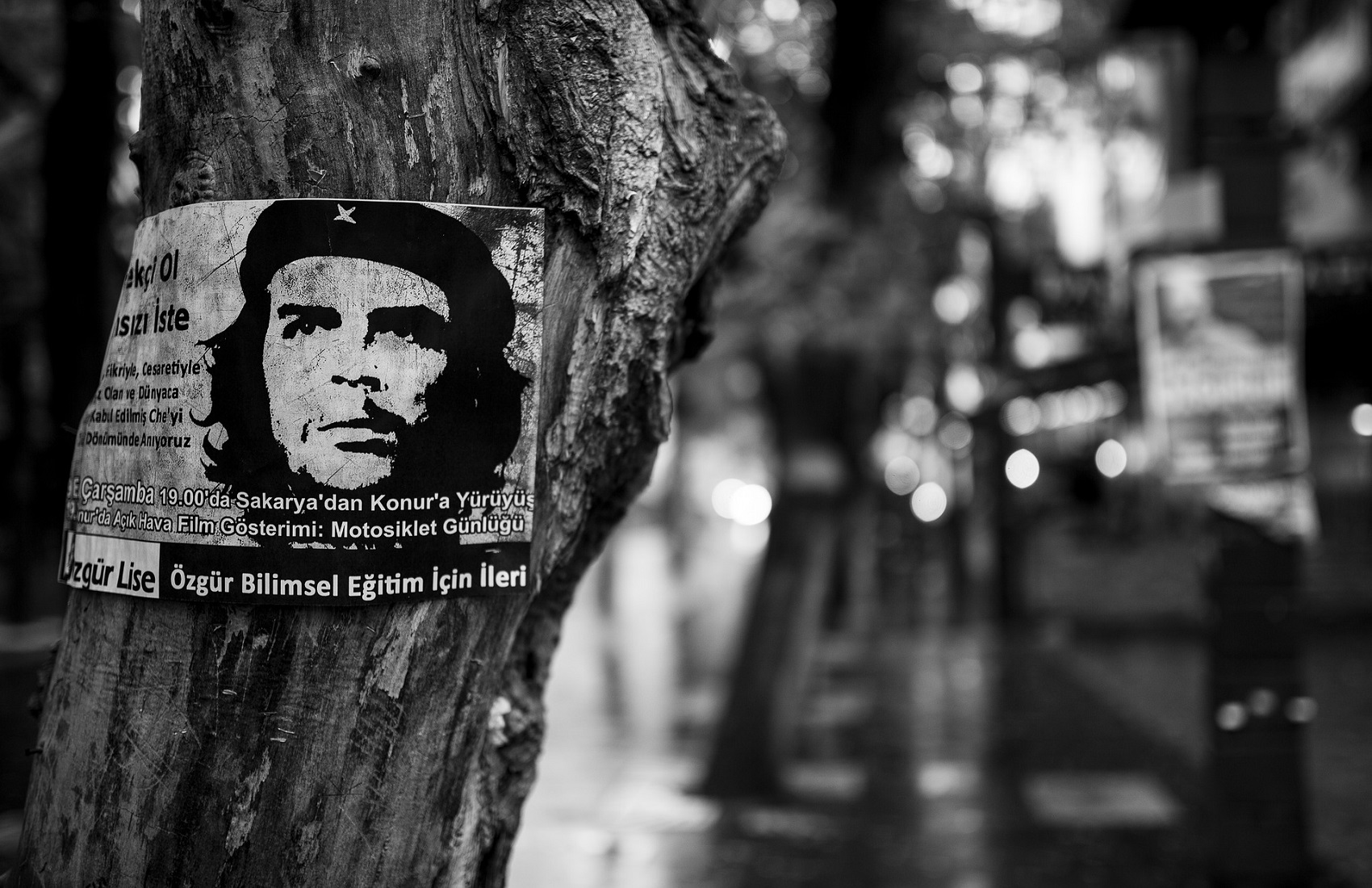
The start date of the Cuban Revolution was July 26, 1953. The victory of the revolution led to the establishment of the socialist system on January 1, 1959. Thus the first socialist bloc state in the Western Hemisphere was established.
Beginnings and early years
The revolution was preceded by a coup d’état of March 10, 1952. It was staged by the military leader and former president of the country, Fulgencio Batista.
Such actions were not accepted by progressive youth. One of the radical groups opposed to Batista was Fidel Castro. Born in Cuba in 1926, he was a lawyer by training.
Rebel units began their actions on July 26, 1953. That is why their organization soon became known as the July 26 Movement, only to be renamed the Communist Party of Cuba in 1965. One of the first targets for attack was the Moncada Barracks in the city of Santiago de Cuba. The first battle ended in defeat.
Fidel Castro was tried in September 1953, refused a lawyer and uttered his famous phrase “History will vindicate me!” and received a 15-year sentence.
Cuban public opinion sided with the rebels and they were amnestied in 1955. About a hundred Castro supporters emigrated to Mexico, where they were joined by Ernesto Che Guevara, a famous revolutionary from the Argentine city of Rosario.
In December 1956, 80 rebels crossed to Cuba on the yacht Granma. They miraculously escaped death while fighting Batista’s troops and, in January 1957, turned to guerrilla warfare. During 1957, the rebels won several victories and established a link with the moderate opposition to the Batista regime.
At the beginning of 1958, the rebels began publishing an underground newspaper and broadcasting a radio station. In July 1958 they defeated government troops near Santo Domingo and seized many trophies.
The victory of the revolution and its results
By December 31, 1958, it was clear that Batista’s army had lost its fighting ability and it would not be possible to defend Havana from the rebels. On the same day, the dictator and his entourage of 124 fled the island. On January 1, the rebels occupied Santiago and Havana. On January 8, Fidel Castro arrived in the Cuban capital.
In 1959-1960 Cuba saw extensive nationalization of banks, industries, housing, foreign ownership, sugar mills, and the telephone company. In May 1959 the authorities carried out agrarian reform and redistributed land in the 60/40 proportion in favor of peasants and the state. Because of nationalization, nearly 1,000 American companies suffered losses.
The new government took homes away from foreigners and began distributing them to Cubans. In January 1959, six countries established diplomatic relations with the new Cuban government: the United States, Great Britain, France, Belgium, Canada, and the USSR. Further, between 1959 and 1960, the new Cuban government was recognized by the socialist countries of Europe and Asia, including Mongolia, Vietnam, and China, which did not yet have a seat at the United Nations.
On the other hand, in 1959-1961 diplomatic relations with Cuba were suspended by the United States (since January 1961) and the pro-American states of the western hemisphere: Haiti. Dominican Republic, Guatemala, Nicaragua, Peru, Paraguay, El Salvador, Honduras.
The authorities of these states feared the transfer of the revolution from Cuba to their territories.
Against Fidel Castro, from 1959 to 1966, the Cuban rebels, supported by Cuban immigrants in Florida, fought in Cuba. Their total number reached 80, and more than 1,500 soldiers were part of the National Liberation Army. Their actions did not cause any noticeable damage to the Castro regime.